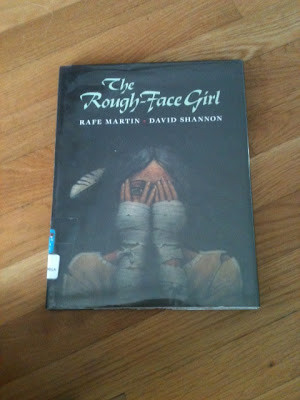The Little Red Hen/Help Yourself, Little Red Hen (Another Point of View)
As with all the books in this series, the first side tells the traditional story, in this case The Little Red Hen. In the traditional tale, the Little Red Hen tries to gather the farm animals to help her grow wheat so they can all enjoy the bread that will be made from it. They all refuse to help and when the bread is made, they all want to eat it, but she refuses to share since they refused to work. Wendy Edelson has beautiful illustrations in the traditional tale. As I mentioned before two different styles of illustrations and fonts are used to distinguish the stories. This is the first time I have checked and realized there are two illustrators for the stories although one author for both stories.
In the alternate version, the pigs in the story begin by telling the story of a spoiled red hen who has been enabled by her friends. She always comes to them for help and as a result, they find themselves doing the work instead of helping her to complete the task. As a group, they decide it is time for her to become more independent. When the issue with the wheat arises, they practice tough love and force her to learn to handle tasks for herself. They are proud and supportive of her as she overcomes each obstacle. Instead of being upset, they are supportive when she chooses to enjoy the fruits of her labor instead of sharing it with the others.
This is an interesting take on the story of the Little Red Hen. I know I have encountered people who left me doing the chore after telling me I would only be helping with it. Therefore, I found the second story was believable. As far as the original story of the Red Hen, I thought she was free to grow her own food and eat it herself. However, she had no right to be angry the others were not interested in raising food and they had no right to the food she grew. I always thought the focus was on the benefits of being able to have control of one's food source and not be dependent on others for food.
























